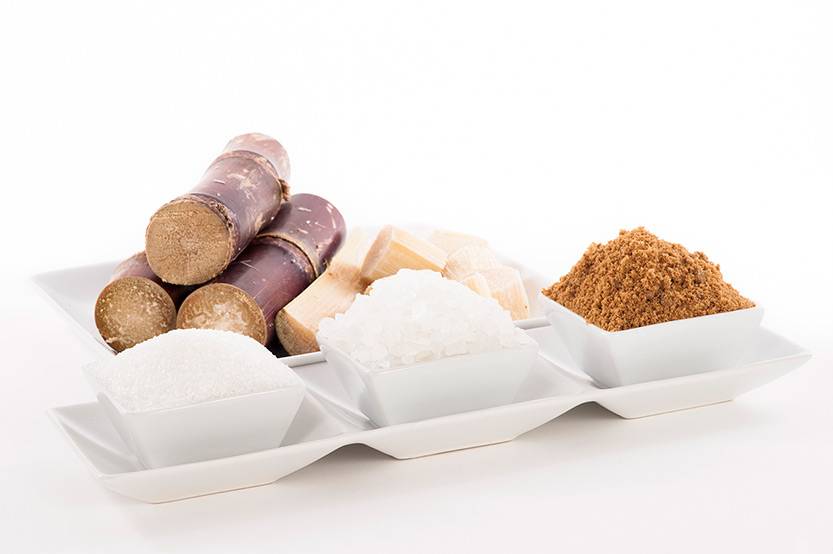Maximizar Rendimientos Y Minimizar Costos: Estrategias Avanzadas Para La Optimización Química Del Procesamiento De Azúcar De Caña
In the world of walking cane sugar processing, the quest of taking full advantage of returns while concurrently lessening prices stands as a formidable difficulty that calls for a strategic blend of sophisticated chemical optimization strategies. The complexities of this venture explore the core of effectiveness, where every component of the process plays a vital duty in achieving optimal results. By checking out the details of chemical analysis, enzyme utilization, pH control, filtration, and distillation techniques, a landscape abundant with possibilities for enhancement and development emerges. In the middle of this complex internet of approaches exists the assurance of opening untapped possibility and changing the very essence of sugar production. Cane Sugar Processing Chemicals.
Chemical Analysis for Efficiency
Chemical evaluation plays a crucial duty in enhancing the efficiency of sugar walking cane handling by giving essential understandings into the composition and buildings of the raw products. By carrying out comprehensive chemical evaluations on sugar walking cane samples, cpus can figure out the exact concentrations of sucrose, sugar, fructose, and other components existing in the raw material. This details is important for optimizing the numerous stages of the sugar cane handling chain, from grating to crystallization.
In addition, chemical analysis makes it possible for processors to recognize pollutants such as natural acids, proteins, and minerals that can impact the top quality and yield of the last sugar product. By evaluating these impurities, cpus can execute targeted approaches to remove or minimize their results, eventually improving the general performance of the processing plant.
In addition, chemical analysis assists in the surveillance of process specifications such as pH, temperature, and thickness, permitting processors to make real-time modifications to make certain optimal conditions for sugar removal and crystallization. In general, a complete understanding of the chemical structure of sugar walking cane is important for optimizing returns, minimizing expenses, and keeping high item quality in the sugar production industry.

Enzyme Use for Increased Returns
With a critical technique to enzyme utilization, sugar walking stick cpus can considerably improve their returns while maintaining operational performance in the manufacturing process. Enzymes play a vital role in sugar walking stick handling by damaging down complicated carbs right into simpler sugars, therefore raising the overall sugar extraction effectiveness. By integrating details enzymes customized to target the different elements of sugar walking stick, such as cellulose and hemicellulose, cpus can boost the launch of sugars during extraction.
Enzyme usage provides the advantage of taking full advantage of sugar yields from the raw material while minimizing the power and resources required for handling. With cautious choice and application of enzymes, sugar cane processors can maximize their operations to accomplish visite site higher yields and productivity.
Ph Control for Optimum Handling
Enzyme application for raised returns in sugar walking cane handling lays the foundation for attending to the essential element of pH control for ideal processing effectiveness. Maintaining the suitable pH level throughout numerous stages of sugar cane handling is necessary for maximizing returns and reducing costs. pH control is specifically important during the removal and information processes. In the removal phase, keeping the appropriate pH helps in accomplishing efficient sucrose removal from the cane. Regulating the pH during clarification help in the precipitation of contaminations and non-sucrose components, bring about a purer final item. PH influences the task of enzymes involved in the malfunction of macromolecules, impacting the general performance of the process. By very carefully keeping an eye on and readjusting the pH levels at various handling steps, sugar walking stick cpus can enhance sugar healing rates, minimize chemical usage, and maximize the general production process. Reliable pH control not only enhances the top quality of the end product yet also adds to lasting and cost-efficient sugar cane processing procedures.
Advanced Filtering Strategies
Executing sophisticated filtering techniques in sugar cane processing enhances the efficiency and purity of the last item via improved separation techniques. By incorporating advanced filtration technologies, such as membrane layer purification and triggered carbon filtration, sugar cane handling plants can accomplish higher levels of sugar recovery and improved quality control.

Turned on carbon filtering is one more advanced strategy that helps in the removal of colorants, off-flavors, and recurring pollutants from sugar walking stick products. By making use of turned on carbon's adsorption homes, this filtration method boosts the clearness and read the article taste of the sugar, fulfilling the high requirements demanded by customers and industry laws.
Energy-Efficient Distillation Methods
Energy-efficient distillation approaches are vital for optimizing the sugar walking stick handling industry's power consumption while preserving top quality product criteria. Conventional purification procedures can be energy-intensive, resulting in greater manufacturing costs and ecological influences (Cane Sugar Processing Chemicals). Implementing energy-efficient purification approaches, such as vacuum distillation or molecular purification, can substantially decrease power requirements while enhancing general procedure efficiency
Vacuum distillation includes decreasing the pressure within the distillation system, which decreases the boiling point of the liquid mix being refined. This decrease in boiling factor lowers the energy needed for vaporization, leading to energy cost savings contrasted to standard purification methods.
On the other hand, molecular distillation utilizes short path distillation strategies under high vacuum cleaner problems to different substances based upon their molecular weight. This approach is particularly effective for heat-sensitive substances, as it operates at lower temperatures, decreasing energy usage and preserving item top quality.
Verdict

Comments on “Leading Cane Sugar Processing Chemicals: Enhance Your Production”